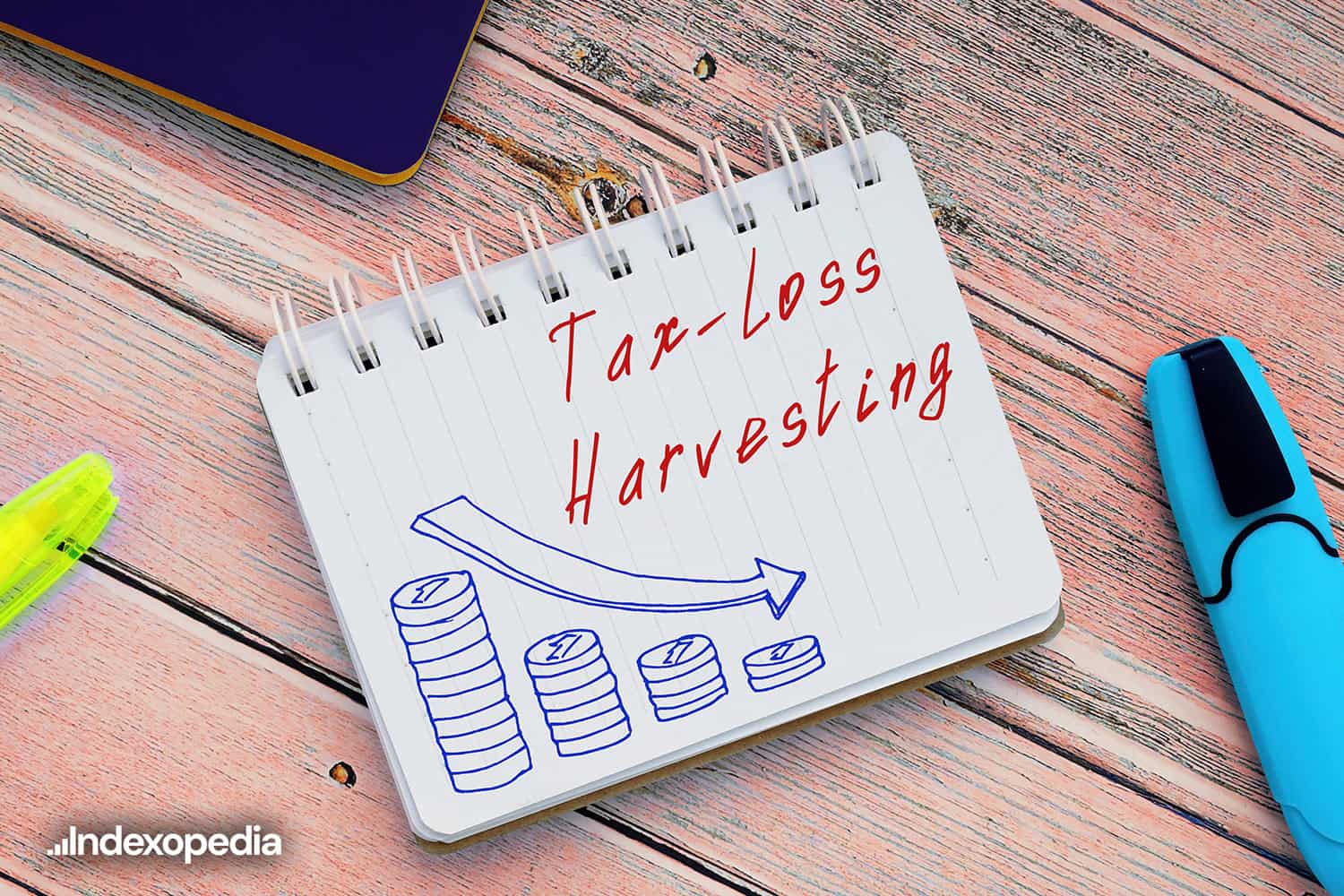

Tax loss harvesting is a powerful investment strategy that allows investors to minimize their tax liability while optimizing their investment returns. By strategically realizing and offsetting investment losses, investors can generate tax benefits that can be used to offset gains or reduce taxable income. Tax loss harvesting involves selling investments that have experienced a decline in value to generate capital losses. These losses can be used to offset capital gains realized from other investments or even against ordinary income, thereby reducing an investor’s overall tax liability. The harvested losses can be carried forward to future tax years, providing a long-term tax planning opportunity. Key Benefits of Tax Loss Harvesting 1. Offset Capital Gains By strategically selling investments that have declined in value, investors can offset taxable capital gains realized from profitable investments. This can help reduce the tax burden on investment gains and potentially lower the overall tax liability. 2. Reduce Ordinary Income Tax loss harvesting can also be used to offset ordinary income, such as wages or self-employment income. Up to $3,000 in capital losses can be deducted against ordinary income each year, which